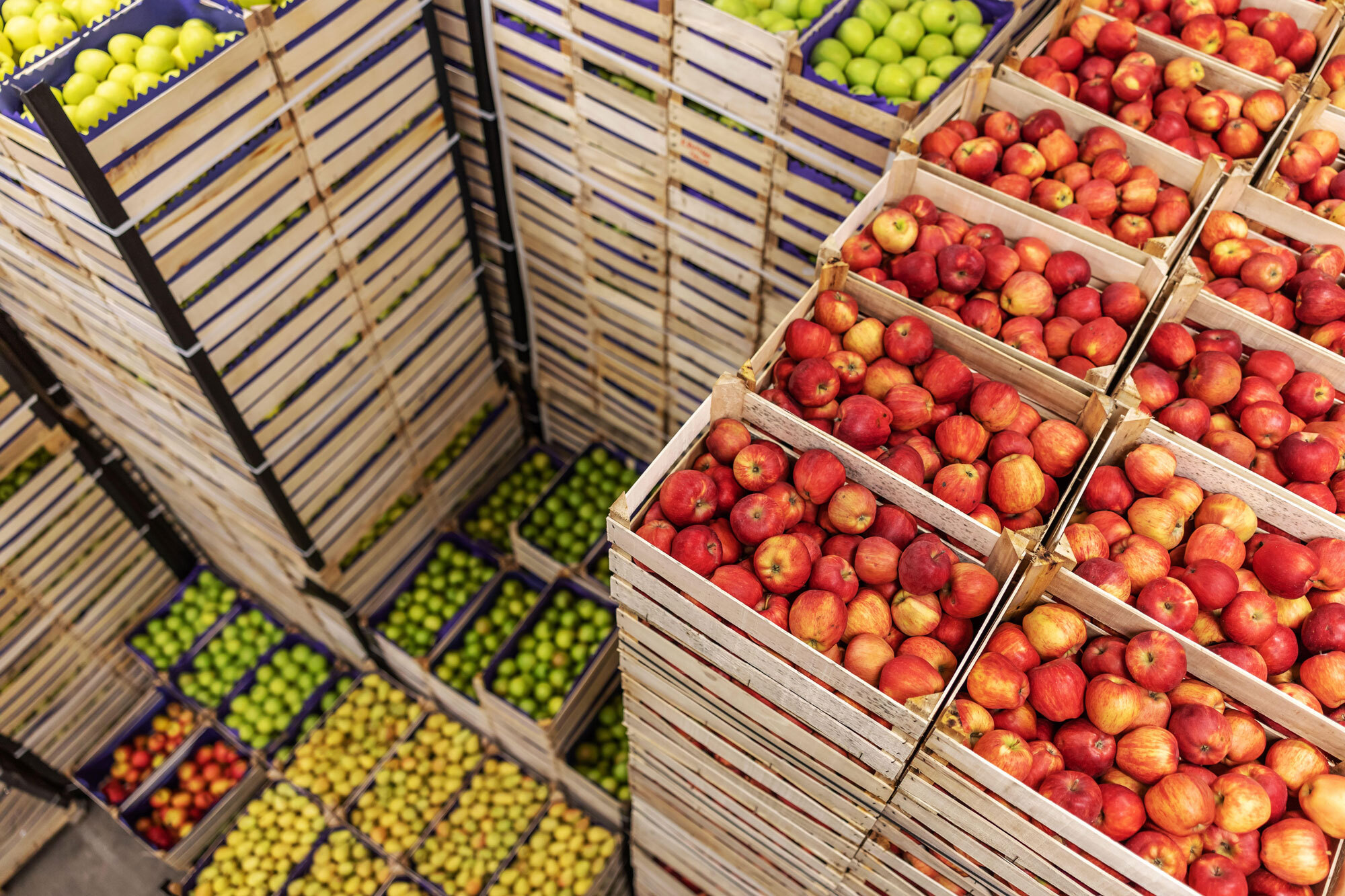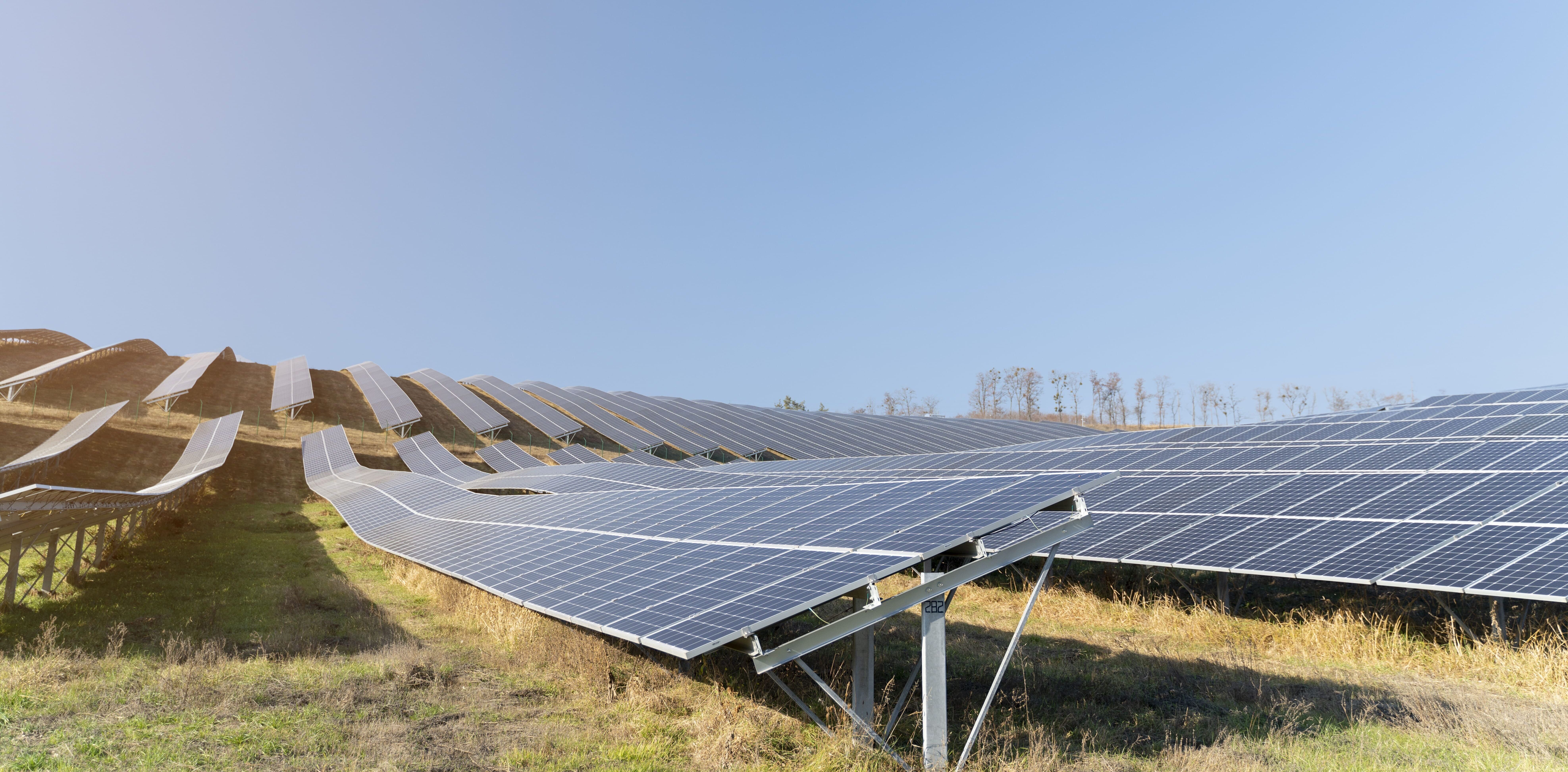When One Degree Makes All the Difference: Why Cold Chain Infrastructure is the Backbone of Nigeria’s Food and Health Security
It’s the type of number that can chill you to your bones: Up to 40% of the food produced in Nigeria never reaches the plate. It simply rots before it gets there, lost to scorching heat, unreliable logistics, and the punishing inefficiency of a missing cold chain. In a nation with over 200 million mouths to feed, that’s not just a logistical hiccup. It’s a national emergency, one that puts both food security and public health on the front lines against climate change.
Climate, Crisis, and Opportunity
As climate shocks become fiercer, the stakes for Nigeria’s cold chain infrastructure—those invisible networks of refrigerated trucks, smart storage hubs, and temperature sensors- have never been higher. “Cold chain systems are not simply a technical fix. They are a lifeline for food security, public health, and climate resilience,” insisted Titilayo Oshodi, Special Adviser on Climate to the Lagos State government, at the recent Lagos Cold Chain Roundtable. And the numbers back her up. Every year, Nigeria sheds about ₦3.5 trillion due to post-harvest food losses, with similar destruction in vaccine and pharmaceutical supplies that could be saving lives.
The pain isn’t just in numbers. Imagine a tomato farmer in Benue watching her crops spoil before they reach the market, or a health worker in Oyo throwing away expired vaccines because the local fridge died during last week’s blackout. Broken cold chains are behind wasted food, preventable deaths, and billions in economic loss. This is a crossroad where climate resilience, agriculture, health, and the circular economy overlap. This forces both challenge and opportunity onto the national agenda.
Cold chain systems are not simply a technical fix. They are a lifeline for food security, public health, and climate resilience.
The Systemic Challenge: What is Nigeria’s Next Move
So, what’s holding back the chill? Infrastructure, finance, and policy—or rather, the lack of them. President of OTACCWA, Mr. Alexander Isong, didn’t sugarcoat the scale of the deficit: the country operates at less than 4% of required cold chain capacity, needing “close to 25,000 reefer trucks and 100 large storage spaces just to begin to meet demand.” Without this, he warned, the nation is haemorrhaging both food and future. During the COVID-19 pandemic, life-saving vaccines were lost because the temperature kept fluctuating en route to rural clinics.
The barriers aren’t just technological. Oshodi pointed to the “urgency of bespoke climate adaptation” through solutions tailored for local realities. “Climate resilience is something we must introspectively look into and adapt to our realities,” she urged. And with erratic rainfall, rising temperatures, and a rapidly growing population, the pressure to modernise Nigeria’s supply chains is building by the day.
However, solutions are emerging. At a newly commissioned cold storage facility in Epe, farmers gained bargaining power by extending shelf life for their perishables, reducing waste and boosting livelihoods. Elsewhere, refurbished generators and compressors, once landfill-bound, are now repurposed for low-cost cold rooms, saving over two metric tons of emissions every five years.
From Climate Threats to Green Opportunity
Can we imagine a Nigeria where every farmer’s harvest reaches buyers, every child receives a potent vaccine, and supply chains become engines of local prosperity and climate adaptation? It will be within our reach if investment and reform align.
“Treating cold chain as climate-resilient infrastructure is not a marginal cost. It is a national development imperative,” declared Isong. The add-on effects are numerous: access to reliable cold storage can increase small business profits by 23.47%, slash food and medical losses in half, and save trillions of naira annually.
The technology is here: solar-powered fridges, AI-powered temperature tracking, IoT logistics. What we need is investment, targeted policy, and community ownership. Oshodi’s team is already experimenting with credit finance schemes, so smallholder farmers can subscribe to cold rooms without heavy upfront costs, and data dashboards that show exactly where social impact is happening. The point is clear: if Nigeria can blend finance, technology, and policy innovation, there’s an “incentivization plan” for everyone (rural farmer, venture capitalist, etc.)
From Awareness to Impact
The story must get personal. Every solution we adopt reduces food waste, increases vaccine shelf-life, creates jobs, and provides a greener, healthier tomorrow. The Lagos Cold Chain Roundtable marks a turning point, showing “real-world impact, not abstract policymaking,” as stakeholders across sectors, from government to logistics giants and local cooperatives, spoke about concrete next steps. The call is for broader Denmark-Nigeria collaboration in technology transfer, investment, and scaling beyond pilots into national capacity.
The choices made now will shape the nation’s ability to withstand climate shocks, reduce hunger, and build resilient health systems for decades to come. As Oshodi puts it: “We need to be able to start measuring the level of social impact because that is where sustainability sits.”













